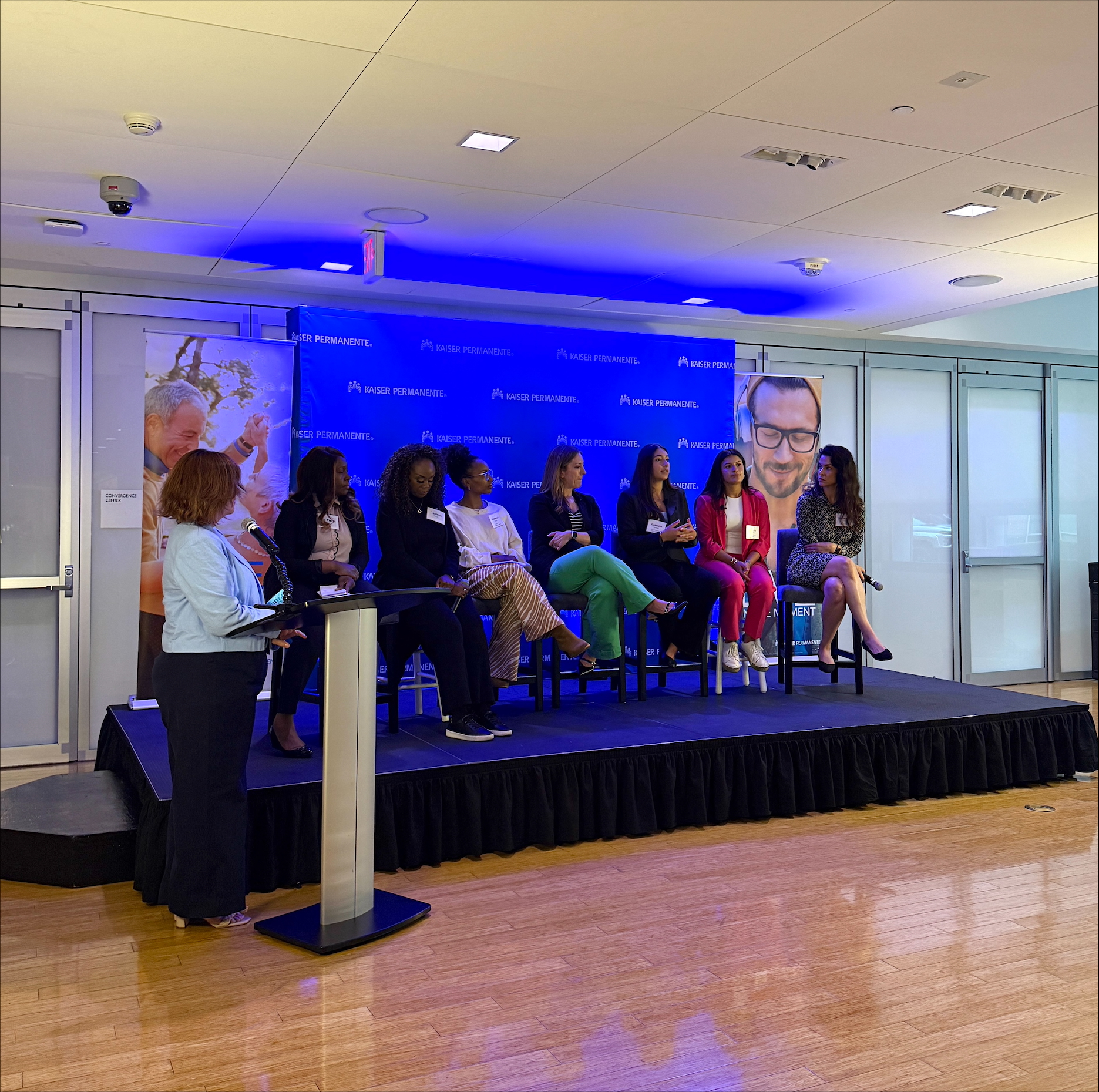New report highlights opportunities for businesses to be more engaged in making a positive impact on schools and education
The business sector has traditionally looked to America’s schools to find the skilled, productive labor force that it needs in order to success in a highly competitive and increasingly global marketplace. Schools, in turn, have the opportunity to prepare students for success in the workforce. But in order to do so, schools need greater support from the business and philanthropic community to help strengthen our nation’s education system.
“In America’s siloed society, the link between our education system and our business community is critical to the nation’s future. When that connection is strong, young Americans emerge from their education with the knowledge and skills to thrive in the workforce, able to make themselves and the United States prosperous. When it is weak, growth and opportunity stall.”
How can corporate business and philanthropy work with schools in a more meaningful way to transform the school environment and education eco-system?
A new series of reports released by the Harvard Business School, the Boston Consulting Group and the Bill & Melinda Gates Foundation aims to answer those questions.
Researchers at Harvard Business School and Boston Consulting Group reached out to the superintendents of the 10,000 largest school districts in the U.S. in the fall of 2013 to ask them how they perceived involvement from the business sector. Of that group, 1,118 responded to the survey.
Researchers found that, while 95 percent of superintendents reported some form of business involvement in their districts, just 3 percent of school superintendents rated business leaders as “well-informed” about public education. Another 14 percent of the survey respondents said corporate leaders are actually misinformed.
By a nearly 3-to-1 margin, business efforts to donate money and goods and to support individual students outnumbered deeper engagement in curriculum design, teacher development, and district-level management assistance, the researchers found.
As one respondent to the survey said, “The biggest barrier to working together is just having the time to spend together to really understand the complexities of both systems—having collaborative dialogue.”
Details about the research were published in a white paper, entitled “Partial Credit: How America’s School Superintendents See Business as a Partner.”
“The most progressive business leaders have realized that the changes in PK–12 [prekindergarten to grade 12] education are creating new ways for business to support education. Tapping these opportunities requires moving away from business’s traditional “checkbook philanthropy.”
A follow-up report put forth by the research group, “Lasting Impact: A Business Leader’s Playbook for Supporting America’s Schools,” attempted to distill some of the concrete ways that businesses and schools can work together to bridge the divide in understanding each other’s line of work. The report focuses largely on actions that will help strengthen student outcomes in educational achievement, but also addresses ways that cross-sector collaboration between business groups, school district leaders, and the local community can “reinvigorate the entire education ecosystem in cities and towns.”
- Read the survey report: Partial Credit: How America’s School Superintendents See Business as a Partner
- Read the follow-up paper: Partial Credit: How America’s School Superintendents See Business as a Partner
- Original source: Education Week online




